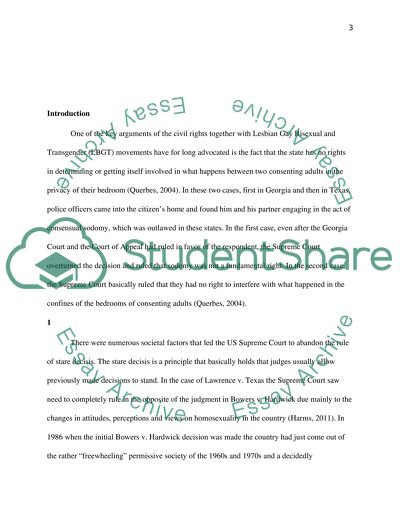Cite this document
(“Social Issues Assignment Example | Topics and Well Written Essays - 1750 words”, n.d.)
Retrieved from https://studentshare.org/law/1479352-social-issues
Retrieved from https://studentshare.org/law/1479352-social-issues
(Social Issues Assignment Example | Topics and Well Written Essays - 1750 Words)
https://studentshare.org/law/1479352-social-issues.
https://studentshare.org/law/1479352-social-issues.
“Social Issues Assignment Example | Topics and Well Written Essays - 1750 Words”, n.d. https://studentshare.org/law/1479352-social-issues.


